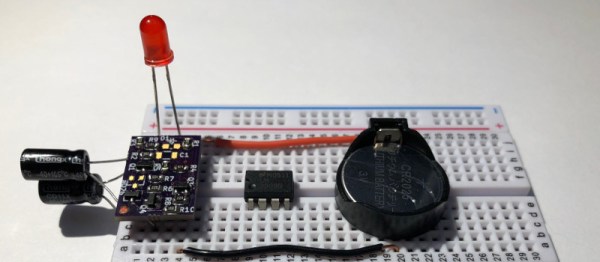If you’ve ever been concerned about privacy in a rental space or hotel room, you might have considered trying one of the many “spy camera detectors” sold online. In the video after break [Big Clive], tears one down and gives us an in-depth look at how these gadgets actually work, and their limitations.
Most detector follow the same basic design: a ring of LEDs through which the user inspects a room, looking for reflections indicating a potential hidden camera. Although this device can help spot a camera, it’s not entirely foolproof. The work best when you’re close to the center of a camera’s field of view, and some other objects, like large LEDs can produce similar reflections
The model examined in this video takes things one step further by adding a disc of dichroic glass. Coated with a metallization layer close to the wavelength of the LEDs, it effectively acts a bandpass filter, reducing reflections from other light sources. [Big Clive] also does his customary reverse-engineering of the circuit, which is just a simple flasher powered by USB-C.
[Big Clive]’s teardowns are always an educational experience, like we’ve seen in his videos on LED bulb circuits and a fake CO2 sensor.
Continue reading “The Simple Tech Behind Hidden Camera Detectors”














